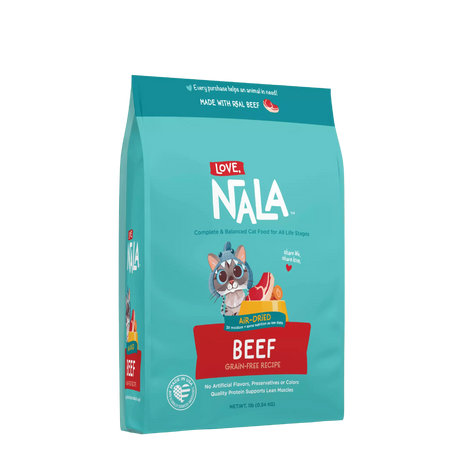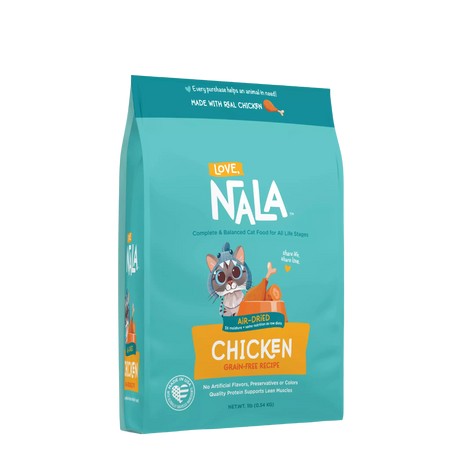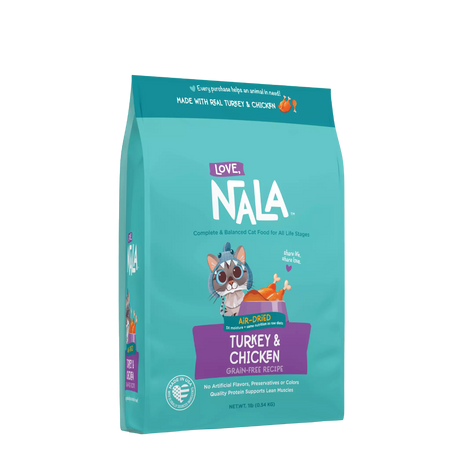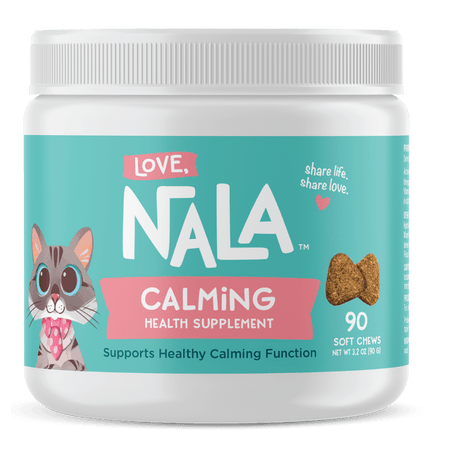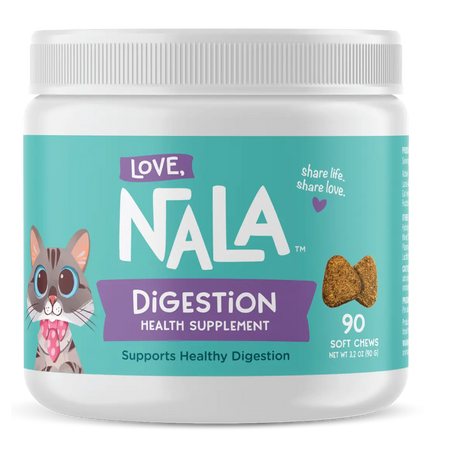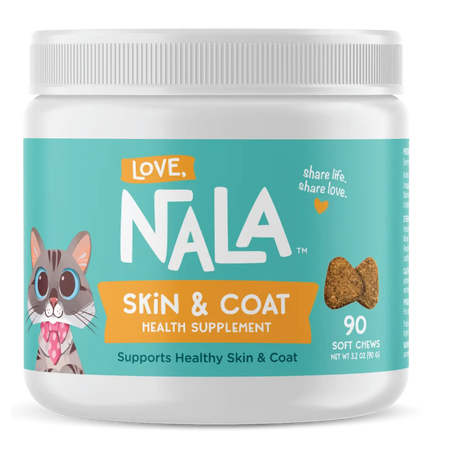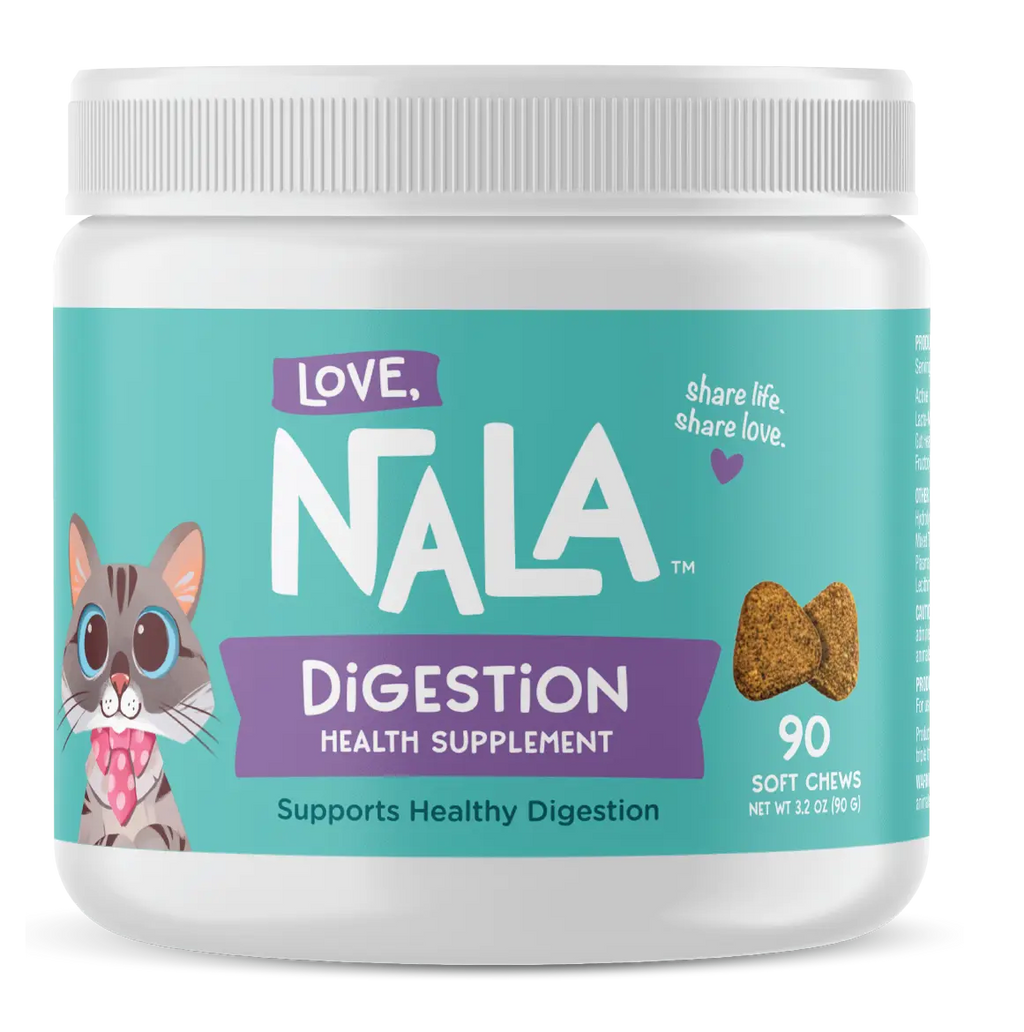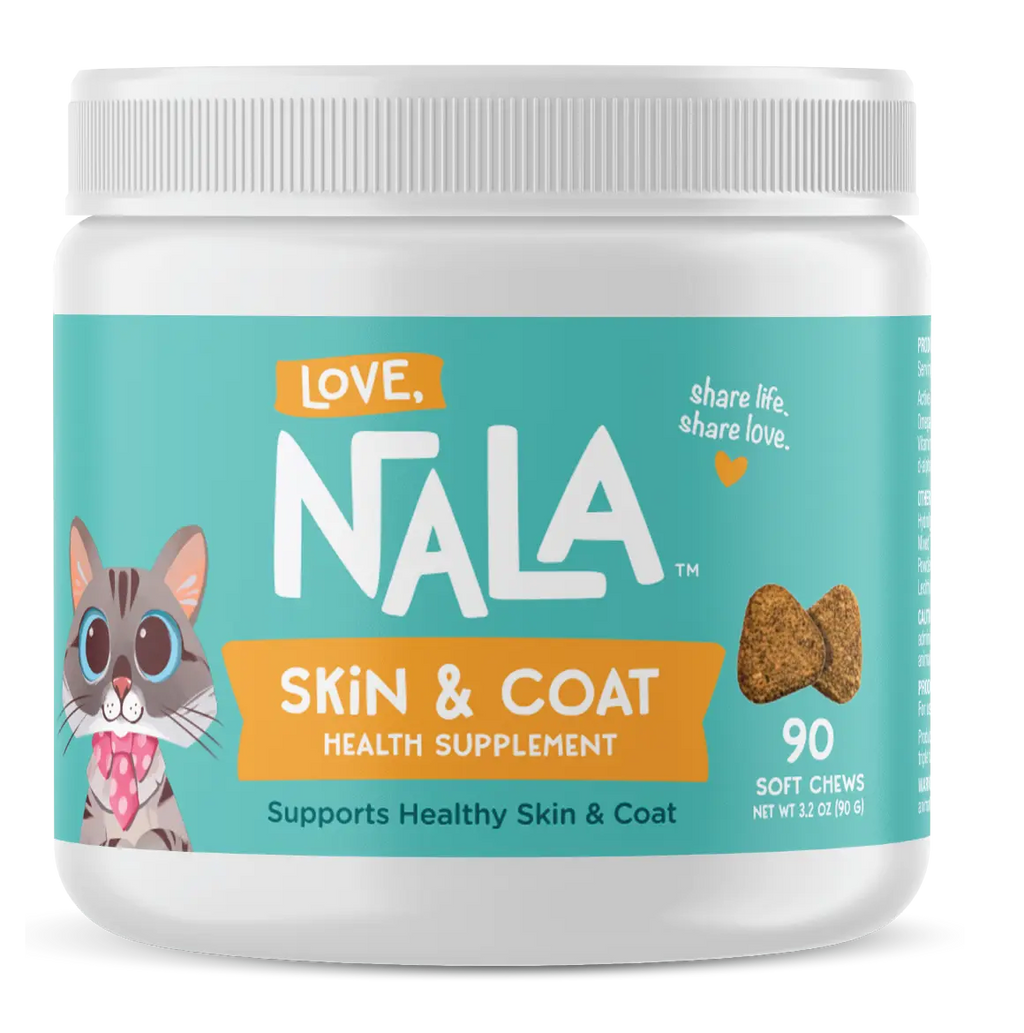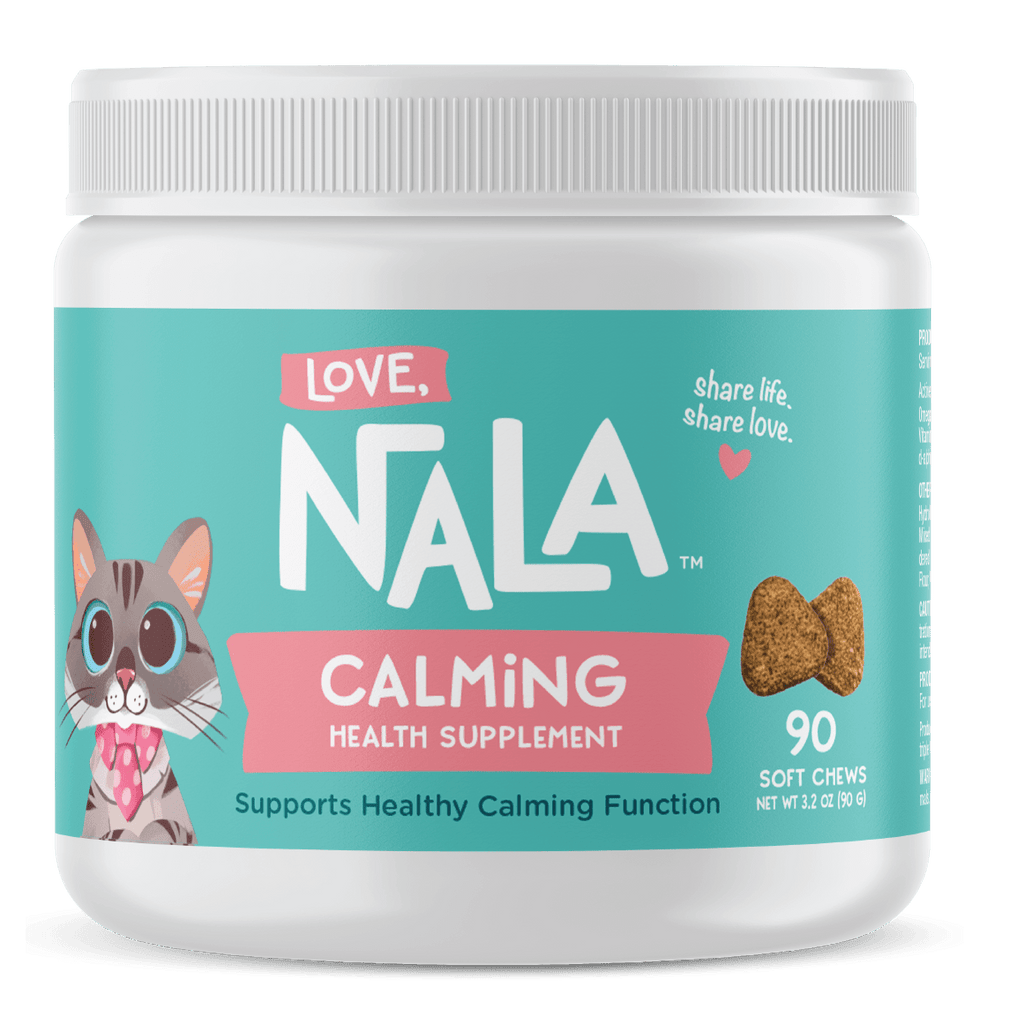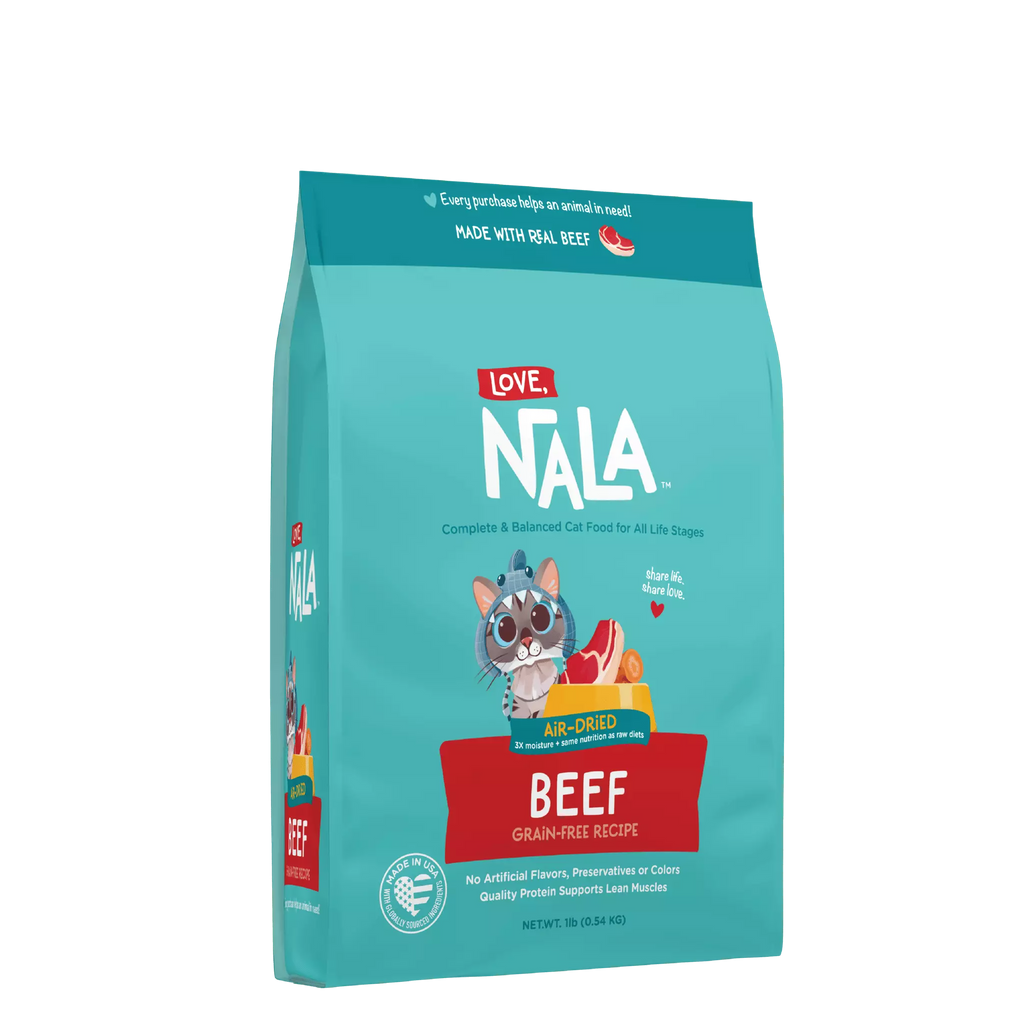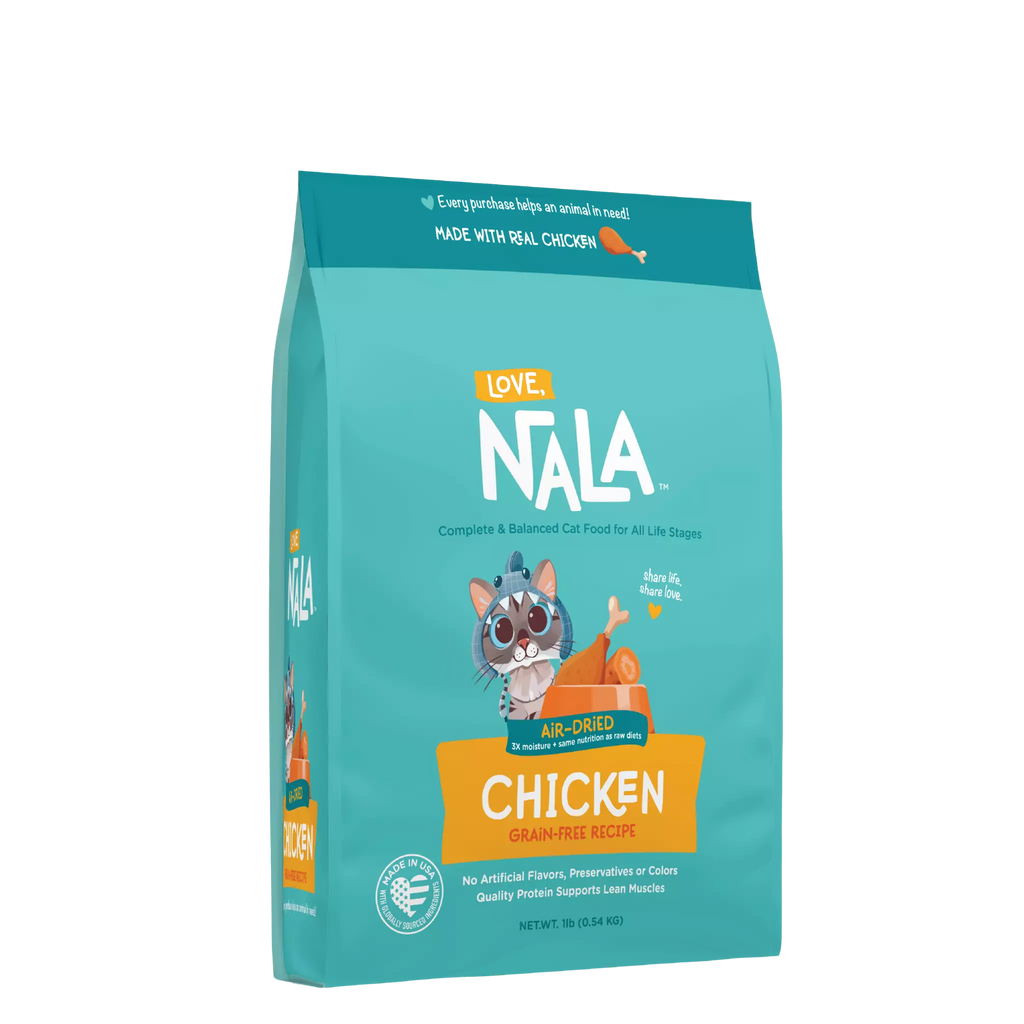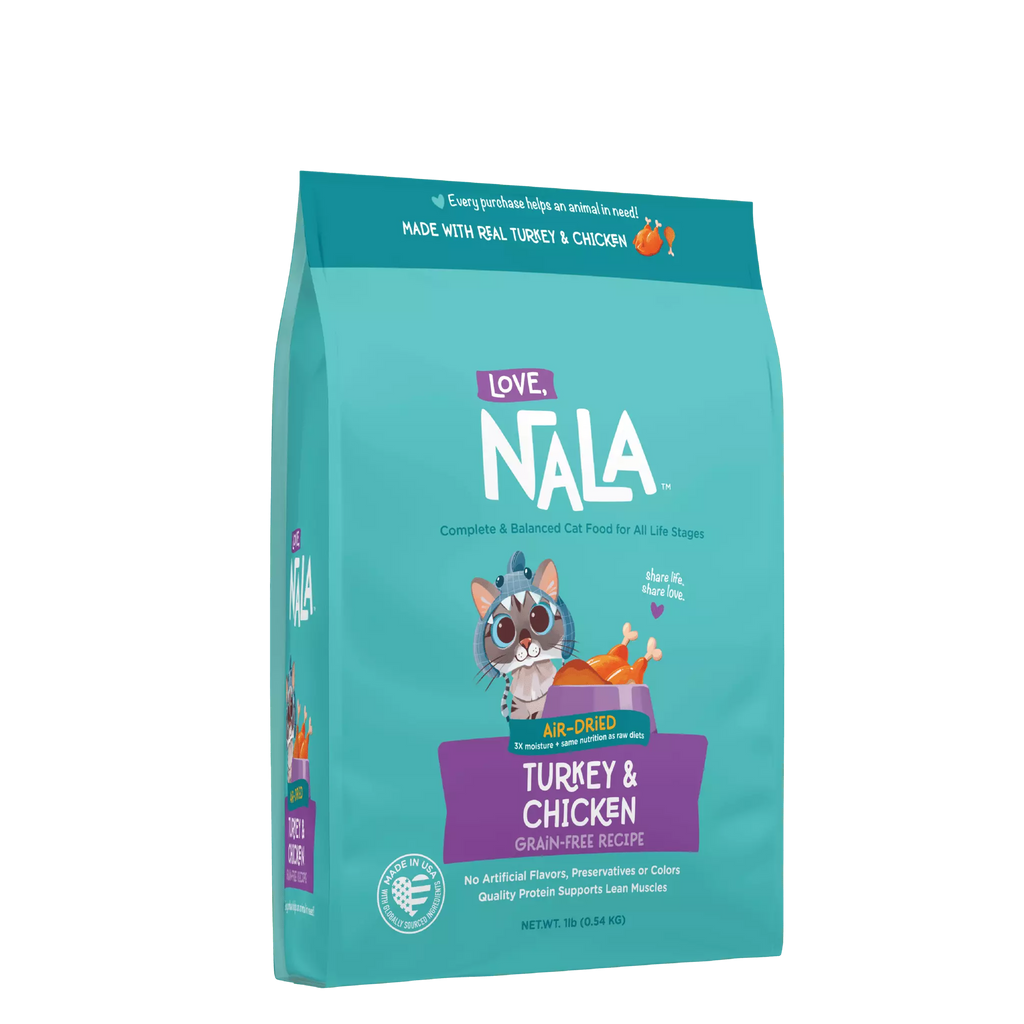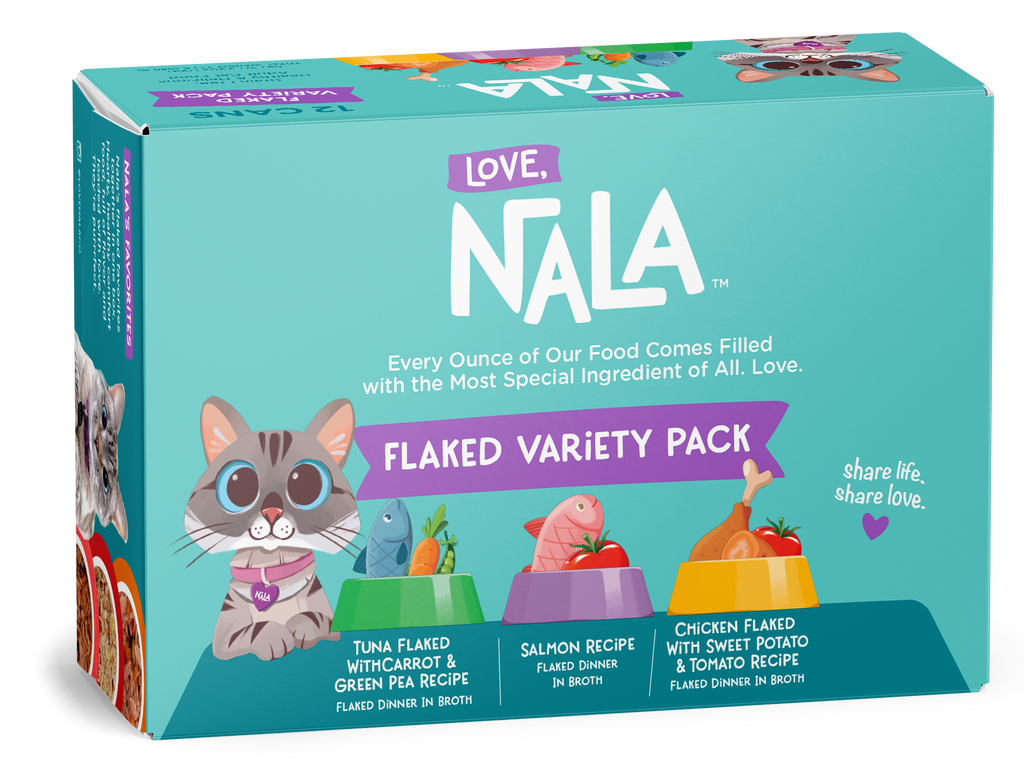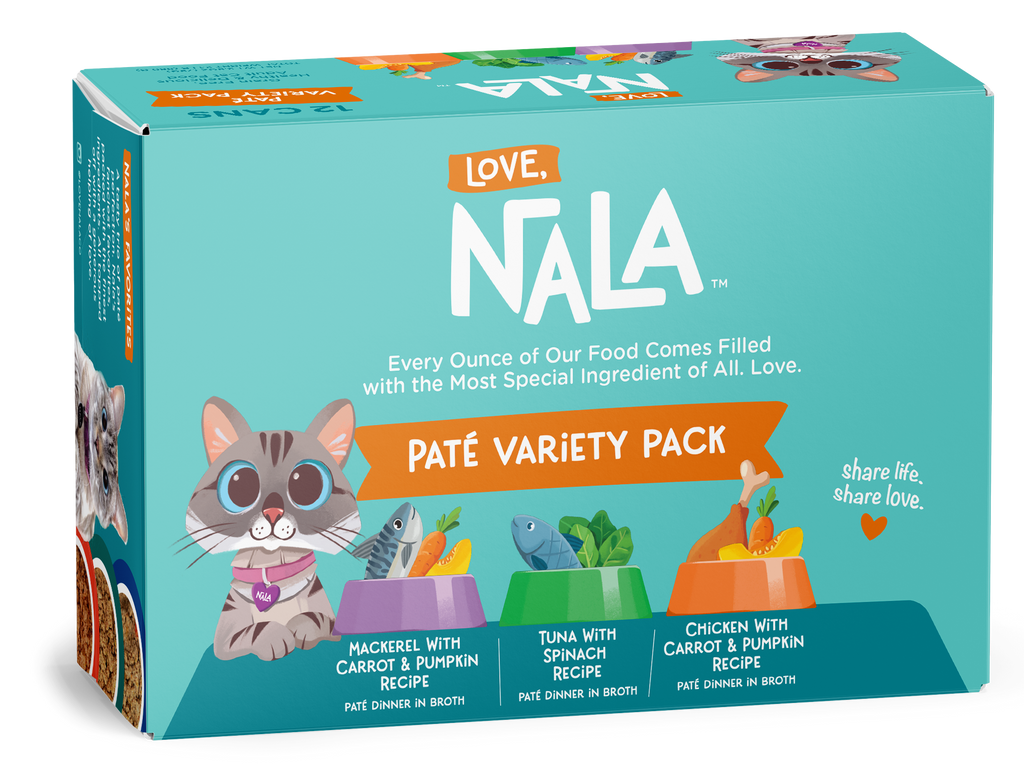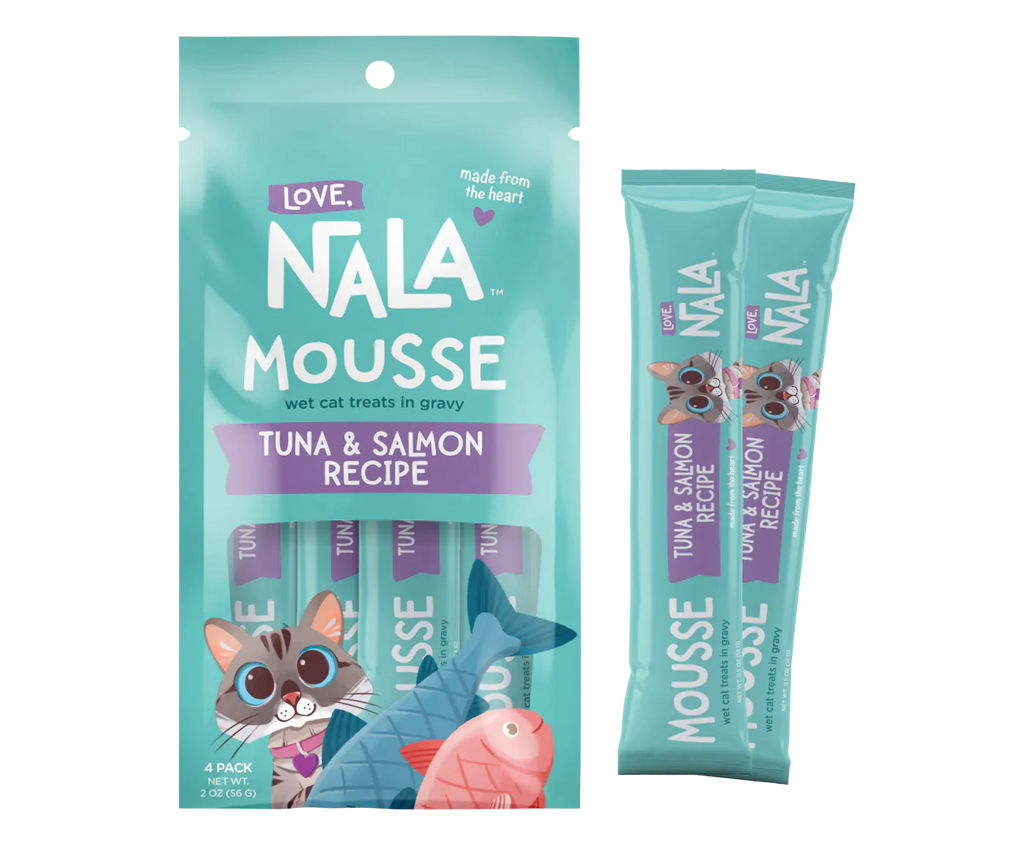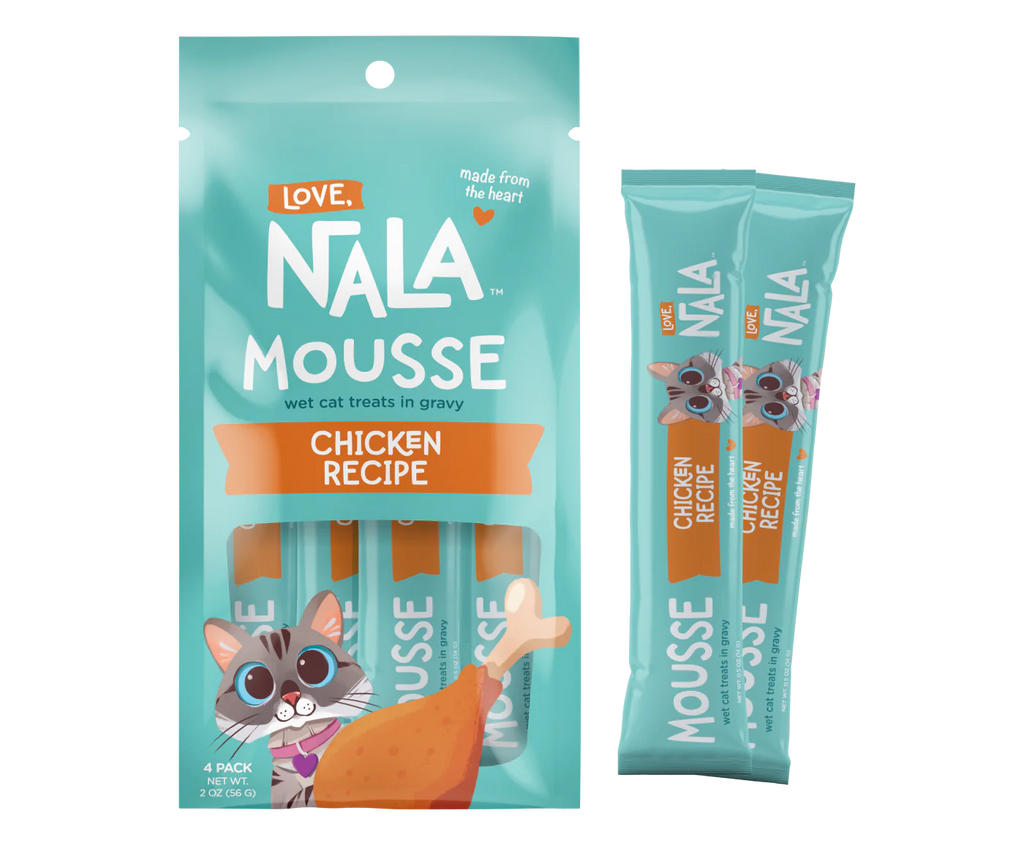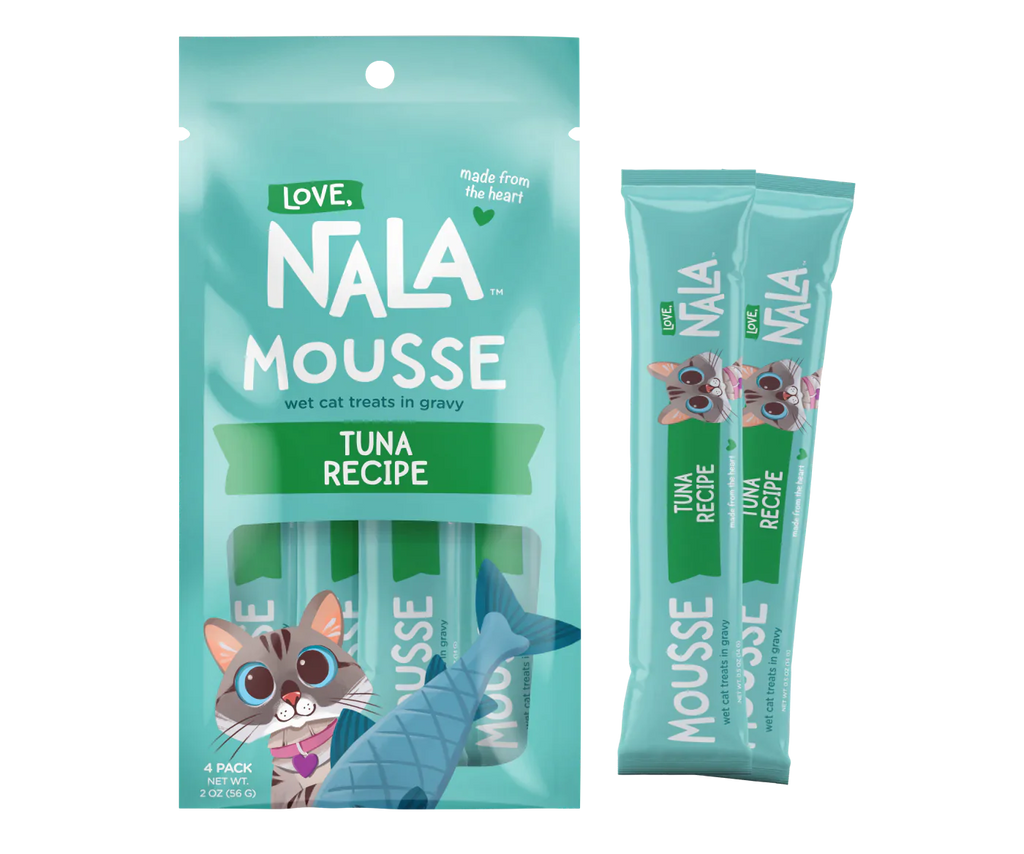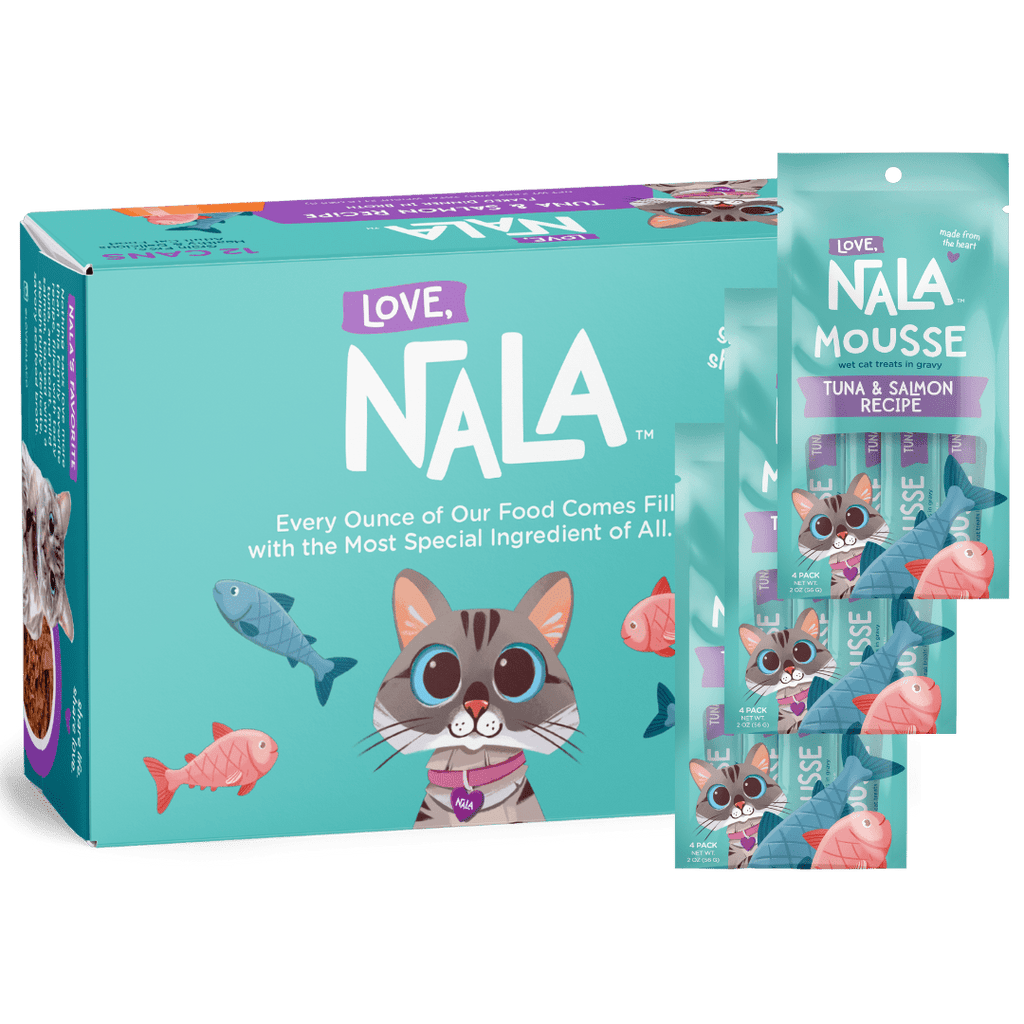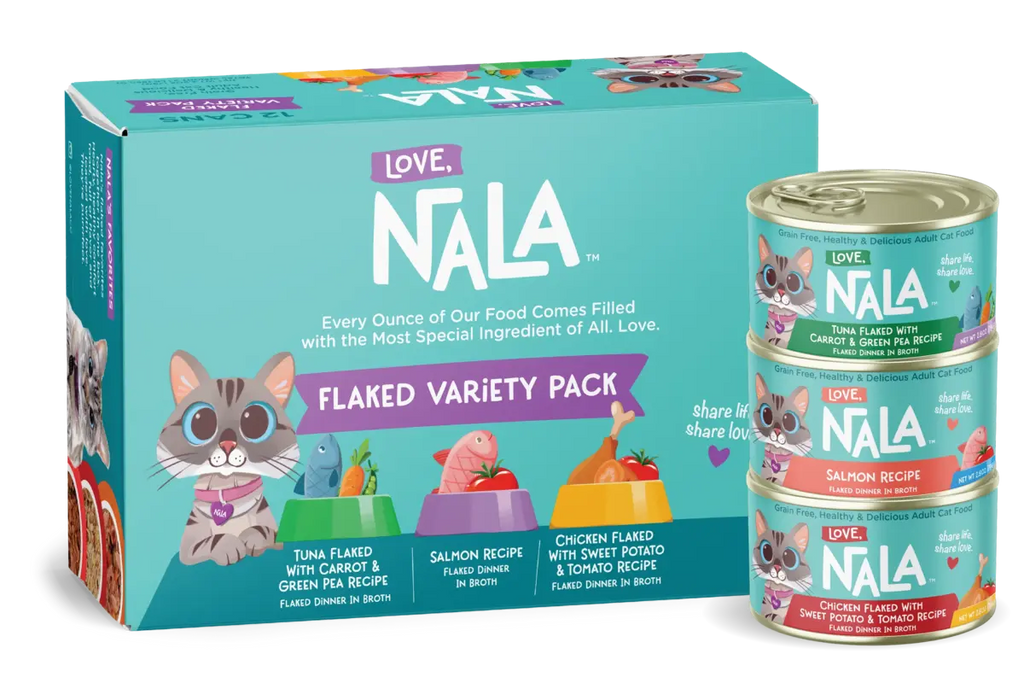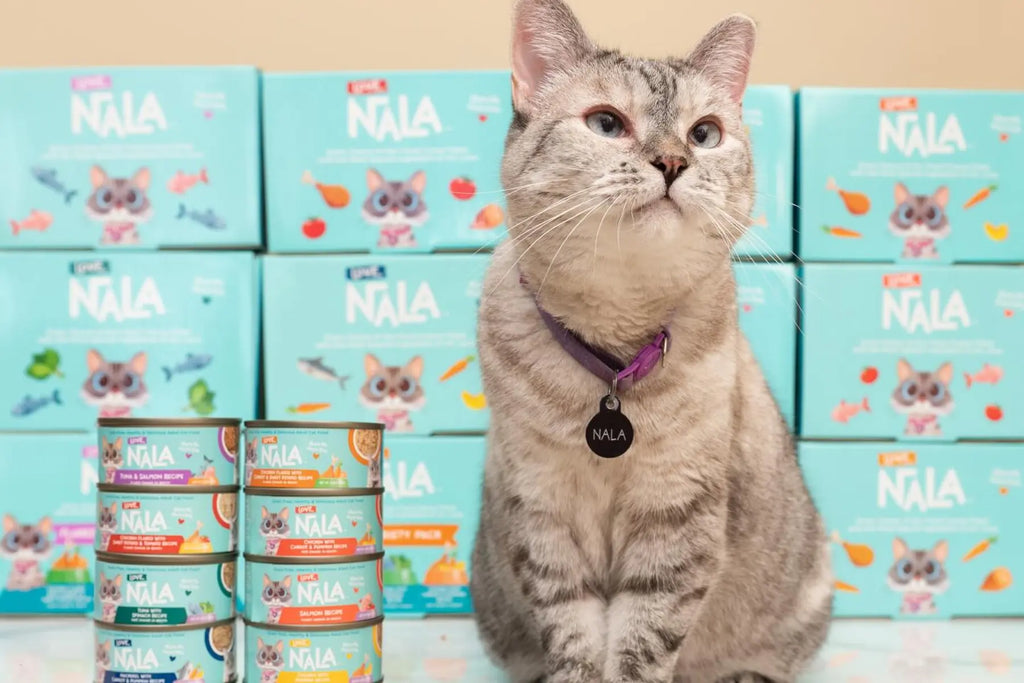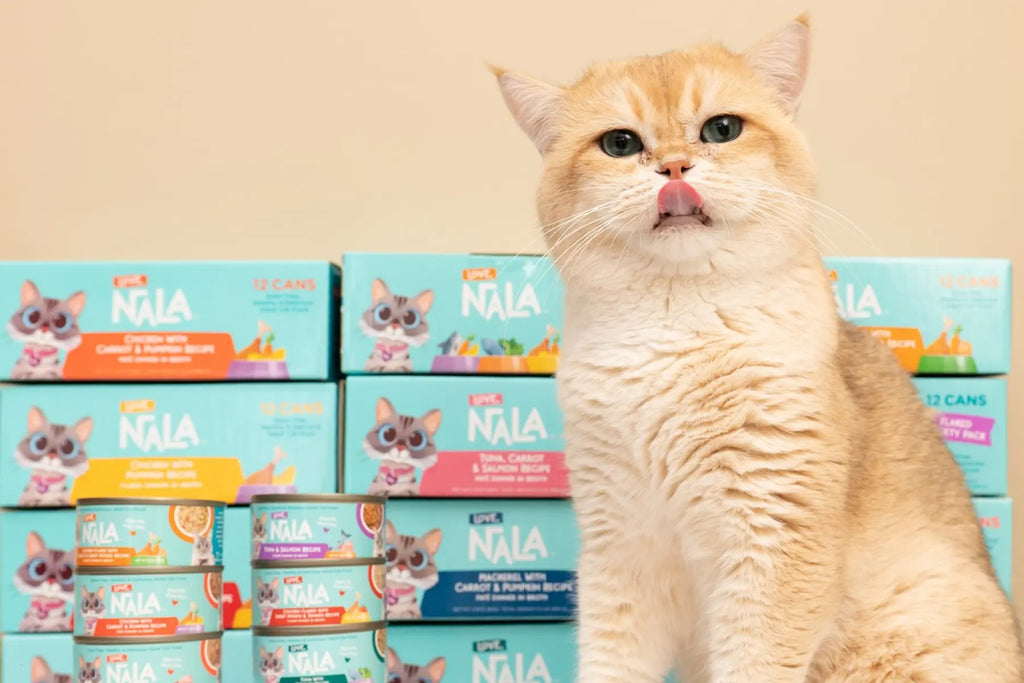When we talk about a hydrolyzed cat diet, we're referring to a specialized type of cat food designed with one key process in mind: hydrolyzation. This process breaks down proteins into smaller components, making them easier for cats to digest and less likely to trigger allergic reactions. Hydrolyzed diets become essential for cats with specific dietary needs, offering a solution for pets that struggle with food sensitivities or allergies. These diets are not just another trend in pet nutrition; they are a scientific approach to addressing and managing health issues through diet.

Understanding Hydrolyzed Diets
The Hydrolyzing Process Explained
The hydrolyzing process is a scientific method where proteins in hydrolyzed pet food are broken down into smaller molecules through the addition of water. This process, known as hydrolysis, splits the protein chains into individual amino acids and smaller peptides. These components are too small to be recognized by the cat's immune system as allergens, which is crucial for pets with food sensitivities. By using this method, manufacturers can create healthy cat food that is less likely to cause allergic reactions, making it an ideal choice for cats with dietary restrictions.
Benefits of Hydrolyzed Diets for Cats
Cats with food allergies can significantly benefit from a hydrolyzed protein diet for cats. Here's a detailed look at the key benefits:
- Improved Digestive Health: Hydrolyzed diets are specifically designed to be easier on the digestive system. The smaller protein molecules are more easily absorbed, which can lead to an improvement in gastrointestinal health. This can be particularly beneficial for cats that experience symptoms of food intolerance, such as diarrhea or vomiting, as it allows for better digestion and absorption of nutrients, leading to fewer digestive upsets.
- Nutritional Completeness: Despite undergoing the hydrolysis process, these diets do not compromise on nutritional value. They are formulated to be nutritionally complete, ensuring that cats receive all the essential vitamins, minerals, and nutrients needed for optimal health. This is crucial for maintaining the well-being of cats with food allergies, as it ensures they don't miss out on important dietary requirements.
- Enhanced Palatability: Manufacturers of hydrolyzed protein diets also focus on the palatability of their products. Knowing that cats, especially those with previous food-related discomfort, can be, particularly finicky eaters, these diets are made to be highly appealing. The goal is to encourage cats to eat willingly, ensuring they receive the nutrition they need without the stress or discomfort that can come from less palatable options.
For pet owners navigating the complexities of food allergies in cats, a hydrolyzed protein diet represents a thoughtful and effective dietary strategy. Cats can enjoy a higher quality of life, free from the discomfort of allergic reactions and supported by a diet that caters to their specific needs.
Identifying Candidates for Hydrolyzed Diets
Veterinarians often recommend these diets after other food trials have failed to identify specific allergens or when a cat continues to suffer from symptoms despite dietary changes. By carefully selecting cats that will truly benefit from a hydrolyzed diet, pet owners can ensure their feline friends receive the best possible care for their unique health challenges.
Myths vs. Reality
Debunking Common Misconceptions
One of the most prevalent myths surrounding hydrolyzed diets for pets is that they are nutritionally inferior or lack variety compared to traditional diets. This misconception stems from a misunderstanding of the hydrolyzing process and its impact on the food's nutritional value. In reality, hydrolyzed cat food is formulated to meet all of a cat's nutritional needs, ensuring a balanced diet despite the protein's altered form. Another common myth is that these diets are only a temporary solution or that they could cause nutritional deficiencies over time. However, hydrolyzed diets are designed for long-term feeding and are carefully balanced to prevent deficiencies.

Misunderstood Aspects of Hydrolyzed Diets
A common misunderstanding is that all hydrolyzed food for cats is the same and that any hydrolyzed diet will work for any cat with food sensitivities. However, the degree of hydrolysis and the source of the protein can vary between diets, affecting their suitability for different cats. Pet owners need to work with their veterinarians to select the right hydrolyzed diet based on their cat's specific allergies and health needs.
Types of Hydrolyzed Protein Diets
Varieties of Protein Sources
When it comes to managing food allergies in cats through diet, selecting the right protein source is crucial. These diets come from various protein sources to cater to different nutritional needs and preferences. Each source offers unique benefits:
- Chicken: Chicken is a staple in the healthiest cat foods due to its high acceptability and nutritional value. When hydrolyzed, chicken protein becomes an even better option for cats with food allergies. It supplies essential amino acids necessary for a cat's health, while its gentle nature on the digestive system makes it ideal for cats with sensitivities. Hydrolyzed chicken helps maintain muscle mass and supports overall health without the risk of allergic reactions.
- Fish: Fish is another excellent protein source, especially when it comes to supporting skin and coat health. Hydrolyzed fish provide a high level of omega-3 fatty acids, which are known for their anti-inflammatory properties. These fats can help alleviate skin irritations and promote a glossy, healthy coat. Additionally, fish is highly digestible and can be a beneficial part of a diet for cats with food allergies or digestive issues.
- Soy: For cats with sensitivities to common animal proteins, hydrolyzed soy offers a valuable alternative. It's a complete protein source, meaning it provides all the essential amino acids your cat needs. Hydrolyzed soy is particularly beneficial for cats with allergies to animal-based proteins, as it minimizes the risk of triggering an allergic response while still supporting the cat's nutritional needs.
Choosing the right hydrolyzed protein source for a cat with food allergies can significantly impact their health and well-being. It's essential to consider the cat's specific sensitivities, nutritional requirements, and preferences when selecting a diet. Whether it's the muscle-maintaining benefits of hydrolyzed chicken, the skin and coat-supporting properties of hydrolyzed fish, or the allergy-friendly nature of hydrolyzed soy, there's a hydrolyzed protein option suitable for almost every cat. This approach allows pet owners to manage their cats' food allergies effectively while ensuring they receive all the necessary nutrients for a healthy life.
Understanding Labels and Ingredients
Reading and understanding the labels on hydrolyzed pet food is crucial for selecting a suitable diet. Labels provide insight into the protein source, level of hydrolysis, and the presence of any additional ingredients that could affect your cat's health. Look for diets that are labeled as complete and balanced, ensuring they meet all of your cat's nutritional needs.
Transitioning to a Hydrolyzed Diet
Steps for Dietary Change
Transitioning your cat to a hydrolyzed diet requires a careful and gradual approach to ensure success and minimize digestive upset. Begin by mixing a small amount of the hydrolyzed food with their current food, gradually increasing the proportion of the new food throughout 7 to 10 days. This slow transition helps your cat's digestive system adjust to the new diet without causing stress or rejection. Monitoring your cat's reaction during this period is crucial; any signs of discomfort or refusal should be addressed by adjusting the transition pace.
Ensuring Compliance
Since the taste and texture may differ from what your cat is used to, it's important to make the new diet as appealing as possible. Warm the food slightly to enhance its aroma or mix it with a small amount of wet food to improve palatability.
Tips for a Smooth Transition
Transitioning your cat to a hydrolyzed protein diet, especially when dealing with food allergies or sensitivities, requires careful consideration and patience. This change can significantly improve your cat's quality of life, but it's essential to approach the transition thoughtfully to ensure success. Here are some tips to facilitate a smooth shift to a feline hydrolyzed diet:
- Consistency: Establishing a consistent feeding schedule is crucial during the transition period. Consistency helps your cat adjust to the new diet both psychologically and physically. Stick to specific times for meals and maintain a steady routine to provide a sense of security and familiarity for your cat, making the dietary change less stressful.
- Patience: Patience is key when introducing a new diet, as some cats may be hesitant or resistant to change. It's important to allow your cat enough time to adapt to the taste and texture of the hydrolyzed diet. The transition should be gradual, mixing increasing amounts of the new food with the old over several days or weeks, depending on your cat's acceptance level.
- Observation: Throughout the transition, closely monitor your cat for any signs of improvement in allergy symptoms or potential adverse effects. Pay attention to changes in behavior, appetite, weight, skin, and coat health. This careful observation can help you assess whether the diet is beneficial for your cat and identify any issues early on.
- Veterinarian Support: As mentioned before, engaging with your veterinarian is crucial throughout the transition process. Regular check-ups and consultations can ensure the hydrolyzed diet is meeting your cat's specific needs and addressing their allergies effectively. Your vet can also provide valuable advice and support if adjustments to the diet or feeding strategy are needed.

By following these tips, you can help ensure a successful transition to a hydrolyzed protein diet for your cat, ultimately leading to a happier, healthier life free from the discomfort of food allergies. Remember, each cat is unique, so it's important to tailor the transition process to your cat's specific needs and preferences.
In conclusion, hydrolyzed diets represent a significant advancement in the realm of cat nutrition, providing vital options for managing food allergies and sensitivities. By working closely with veterinarians and focusing on individual dietary needs, cat owners can navigate the complexities of food allergies, ensuring their feline companions lead healthy, happy lives. The journey towards optimal nutrition is ongoing, and hydrolyzed diets are at the forefront of this evolution, promising a future where more cats can enjoy the benefits of a diet tailored to their specific health requirements.
